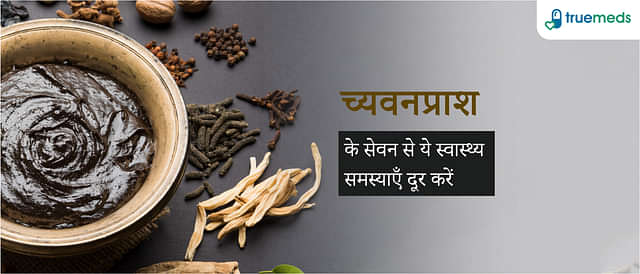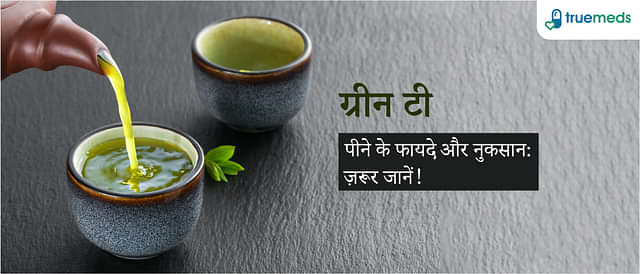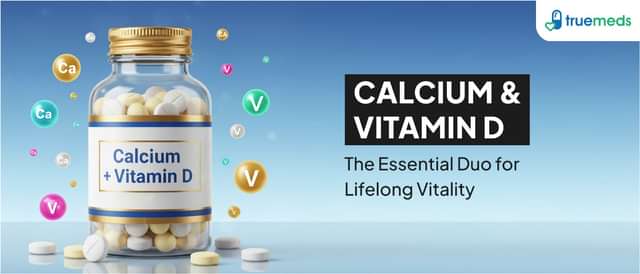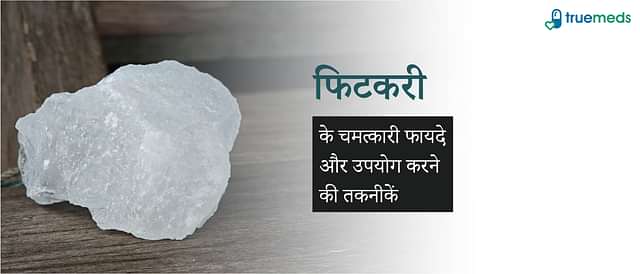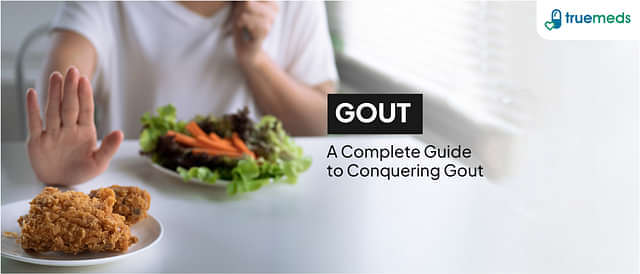Effective Chickenpox Treatment at Home: Chicken Pox Home Remedies, Prevention and Much More
Last updated on : 14 Jul, 2025
Read time : 11 min
What is Chickenpox?
Chickenpox is caused by the Varicella zoster virus. – a highly contagious virus. Although it primarily affects youngsters, those who have never been infected may also get it. The virus is transferred by respiratory droplets or by coming into close contact with an infected person’s rash.
Fever, exhaustion, headaches, and a recognisable, itchy rash that initially appears on the face, chest, and back before moving to other areas of the body are all signs of chickenpox.
Although chickenpox usually goes away on its own in a week or two, chickenpox treatment aims to control symptoms and avoid complications.
Acetaminophen is an over-the-counter drug that can help reduce fever and pain, but what about annoying symptoms like itching? In this blog, we’ve got you covered with a few home remedies that may calm the skin and stop itching.
How is Chickenpox Diagnosed?
Since chickenpox has distinct symptoms, diagnosing it is usually simple. A classic sign of chickenpox is a rash of red spots or blisters that starts on the face, chest, or back and then moves to other parts of the body. People may also feel generally uncomfortable, fatigued, headachy, and feverish.
In certain situations, a medical professional may verify the diagnosis by examining the rash’s appearance and obtaining information about the patient’s symptoms. Laboratory testing is usually not required until the diagnosis is unclear.
Treating Chickenpox at Home
Proper self-care is essential for adults managing chickenpox at home to reduce symptoms and promote faster recovery. Here are some key steps to follow:
- Rest well: Ensure plenty of sleep to help the immune system fight the infection.
- Stay hydrated: Drink fluids like water and herbal teas to prevent dehydration.
- Relieve itching: Apply calamine lotion or take oatmeal baths to soothe the skin.
- Prevent scratching: Wear gloves at night and keep nails trimmed short to avoid damaging the blisters, which can lead to infection and scarring.
- Manage fever and pain: Over-the-counter medications such as acetaminophen or ibuprofen reduce fever and discomfort.
Avoid scratching the blisters at all costs to minimise the risk of bacterial infection and scarring. While most chickenpox cases can be effectively managed with these self-care measures, it is vital to seek medical advice if symptoms worsen or complications develop.
Home Remedies for Chickenpox Relief
While you are following your doctor’s prescription and advice on the medical management of chicken pox, here are a few home remedies that may relieve your symptoms and assist your body in recovery quickly:
1. Aloe vera gel
Aloe vera gel calms inflamed skin and soothes itching, which is why it is often recommended to manage chicken pox symptoms..
To make this gel,
- Cut the aloe vera leaf in half and scoop out the gel.
- Apply this gel 2-3 times a day for the best effects.
- This chickenpox treatment is safe for children and newborns.
2. Apply calamine lotion
Calamine lotion soothes itching and may relieve symptoms of chickenpox, thanks to its calming ingredient, zinc oxide. However, more studies are required to prove this.
To apply:
- Gently spread the lotion on irritated skin using a clean finger or a cotton swab.
Caution: Avoid applying calamine lotion on or near the eyes to prevent irritation.
3. Baking Soda Bath
Baking soda is believed to be antimicrobial and may be used to manage chickenpox symptoms. Here’s how you use baking soda for a bath. Here’s how you use baking soda for a bath.
- Fill a bathtub with lukewarm water, enough to cover the affected areas.
- Add 1 to 2 cups of baking soda to the water and mix till the baking soda completely dissolves in the water.
- Soak in the bathtub for 10 to 12 minutes and gently pat your skin dry with a clean towel.
- You can also add anti-microbial liquids to the bath.
4. Oatmeal bath
Oatmeal baths are a fantastic home remedy for chickenpox. They help relieve itching and soothe the disease, and bathing does not spread it.
While most drugstores sell oatmeal bath products for chickenpox treatment, you can manufacture your own by following these steps:
- Use 1 cup of oatmeal for older kids and ⅓ cup for infants and toddlers.
- Grind it using a food processor or coffee grinder. Oatmeal in a muslin bag or pantyhose also works.
- Prepare a warm (not hot) bath and ground oatmeal in warm water till it turns milky.
- Let the body soak in an oatmeal bath for 20 minutes maximum.
You can also apply oatmeal lotion on the skin. It can help relieve itchy chickenpox blister
5. Bath with Apple Cider Vinegar
Bathing with apple cider vinegar is a home remedy for chickenpox. Vinegar’s antimicrobial properties help manage chickenpox. It also helps reduce scarring, healing marks, and blemishes.
Here’s how to prepare a bath:
- Add the apple cider vinegar to a warm bath and soak for 15 minutes. Rinse with normal water after the bath.
- Add two drops of tea or lavender oil to the warm water to counteract the vinegar’s odour. Tea trees and lavender oils are known to help you sleep better.
6. Sugarfree Popsicles
Chickenpox inside the mouth can be excruciating. Sugar-free popsicles help heal a child’s mouth sores and avoid dehydration.
7. Mittens to avoid scratching
The temptation to scratch your blisters can increase your pain and expose your skin to infection.
Put mittens or soft socks on your child’s hands at night or during naps to minimise scratching. Trimming your child’s fingernails can also help prevent damage.
8. Essential Oils
Coconut oil soothes irritation by moisturising the skin. Lavender oil exhibits solid anti-microbial properties that prevent infection. Likewise, tea tree and eucalyptus oil also help soothe inflamed skin.
Mix 12 tsp coconut oil with 1 tsp lavender or tea tree oil. Apply it 2-3 times daily for quick results.
9. Lime Juice
Lime is high in vitamin C and antioxidants. It is also an astringent, speeding up the treatment of chickenpox and reducing scars and rashes caused by it.
Apply diluted lime juice on rashes using cotton and leave it on for 5 minutes. Apply it twice a day for quick effects.
Use lime juice cautiously, as it can sting the affected region.
10. Chamomile compresses
Chamomile tea may also help manage chickenpox. When administered topically, chamomile exhibits anti-inflammatory and antimicrobial properties.
Add 2–3 brewed and cooled chamomile tea bags. Then, apply the tea-soaked soft cotton pads or cloths to itchy skin and gently pat the skin dry.
11. Herbal Tea
Herbal drinks are also helpful in treating chickenpox. They include lemon balm, basil, and chamomile, which help digestion and boost immunity. They are also high in antioxidants and anti-inflammatory properties, which can speed up recovery from chickenpox.
Add honey or lemon juice to make the herbal tea more appealing. For the best results, drink two cups of tea daily.
12. Honey
Honey is an excellent home remedy for chickenpox, especially for itchy blisters and sores. It helps lessen the impulse to scratch and reduces scarring.
- Apply honey to the wounds.
- Keep it on for 20 minutes.
- Wipe it with a damp cloth or rinse thoroughly with water.
- Apply it twice daily.
13. Boiled guava leaves
Guava leaves are high in vitamin C and exhibit antibacterial properties to treat skin irritations and infections.
- Boil guava leaves for 10–15 minutes.
- Strain it and add honey to taste.
- Warm this tea.
- You can have 2-3 cups daily.
People suffering from hypoglycemia should avoid having it, as it tends to decrease blood glucose levels. People with heart issues should also avoid this remedy.
Note: There is limited scientific evidence showing the effectiveness of guava leaves in treating chicken pox symptoms.
14. Vitamin E Oil
Vitamin E is a hydrator. It lightens and exfoliates the skin’s surface. It is anti-inflammatory and contains antioxidants that help heal rashes. If used early in chickenpox treatment, it may help reduce scarring.
- Pour the drops of oil from the vitamin E capsules.
- Apply to scars and rashes.
- Keep it on for a while.
- Apply this oil 2-4 times daily.
15. Neem Juice
The neem tree, often known as the Indian lilac, is another antibacterial and antiviral agent. It instantly relieves itching. Its ointment can also dry blisters and speed up healing.
- Make a paste of the neem leaves. Relish in this paste for several hours.
- You can also take a neem bath. Add some neem leaves to warm water and soak or rinse your body.
- Do this twice a day.
16. Ginger
This remedy helps reduce irritation in chickenpox. Ginger exhibits anti-inflammatory and antiseptic properties. To use ginger for Chickenpox treatment:
- Grate a small piece of fresh ginger and wrap it in a clean cloth.
- Dip the cloth in warm water and apply it to the affected areas for 20 minutes.
- Repeat several times a day.
- Alternatively, you can mix a few drops of ginger essential oil with coconut oil or olive oil and apply the mixture to the affected areas to reduce inflammation.
Healing diet for chickenpox
Although chickenpox takes a long time to heal, the home remedies mentioned above can relieve all symptoms. Along with the above chickenpox treatment, a nutritious diet is required to build immunity against chickenpox.
- Immunity-boosting foods include carrots, omega-3-rich fish, and green vegetables like kale, broccoli, spinach, grass-fed beef, lamb, and chicken.
- Avoid caffeinated drinks, salty foods, nuts and acidic fruits like grapes.
If chickenpox symptoms don’t respond to these home remedies, consult your primary healthcare doctor and get treated immediately.
Disclaimer: The information given in this article is accurate to the best of our knowledge. Still, we recommend you consult your doctor before taking any diet or treatment for chickenpox mentioned in this article.
Expert Quote:
“While chickenpox usually resolves on its own, home care plays a vital role in easing discomfort and preventing complications. Simple steps like staying hydrated, managing fever, and avoiding scratching can significantly support a smoother recovery. Always check with your doctor before using home remedies in the management of chicken pox”
– Dr. Boban Raju
FAQs:
The quickest approach to getting rid of chickenpox is to adhere to your doctor’s recommended course of action, which may involve taking antiviral drugs to reduce symptoms and hasten healing. In addition to over-the-counter painkillers, rest, and drinking can all aid with discomfort management.
Home cures for chickenpox include cool compresses, calamine lotion or baking soda paste applied to affected regions, and oatmeal baths to relieve itching. However, before attempting any home treatments, especially in cases of serious illness or in those with underlying medical concerns, it is imperative to speak with a healthcare professional.
Antiviral drugs recommended by a medical professional can eradicate the chickenpox virus. These drugs prevent the virus’s reproduction and internal dissemination, hastening the healing process following a case of chickenpox.
While bathing is usually safe during chickenpox, avoid using hot water as this might exacerbate discomfort and itching. Blister crusts can be removed and skin soothed with lukewarm baths and gentle soap. After showering, gently pat the skin dry to prevent irritating the blisters.
It’s best to avoid specific foods while you have chickenpox since they could make symptoms worse or make healing more difficult. These include salty meals that can cause the body to become dehydrated, and spicy and acidic foods that can aggravate mouth sores. Concentrate on eating a well-balanced diet full of vitamins, minerals, and fluids to help the body repair and strengthen the immune system.
Chickenpox is a viral infection that typically resolves on its own within a few weeks. Treatment mainly focuses on relieving symptoms and preventing complications. Over-the-counter medications like acetaminophen can help reduce fever and discomfort. It is essential to stay hydrated and get plenty of rest. Avoid scratching the rash to prevent infection and scarring.
Disclaimer
Our healthcare experts have carefully reviewed and compiled the information presented here to ensure accuracy and trustworthiness. It is important to note that this information serves as a general overview of the topic and is for informational purposes only. It is not intended to diagnose, prevent, or cure any health problem. This page does not establish a doctor-patient relationship, nor does it replace the advice or consultation of a registered medical practitioner. We recommend seeking guidance from your registered medical practitioner for any questions or concerns regarding your medical condition.
Popular Articles
Recommended Articles
Recent Articles
Company
About UsHealth ArticleHealth StoriesDiseases & Health ConditionsAyurvedaAll MedicinesAll BrandsNeed HelpFAQSubscribe
Registered Office Address
Grievance Officer
Download Truemeds
Contact Us
Our customer representative team is available 7 days a week from 9 am - 9 pm.
v4.3.9
2025 - Truemeds | All rights reserved. Our content is for informational purposes only. See additional information.
Our Payment Partners










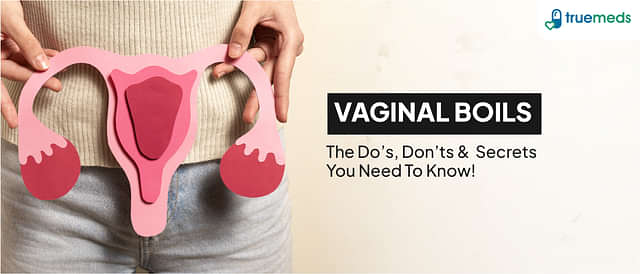
.jpg?width=640)
